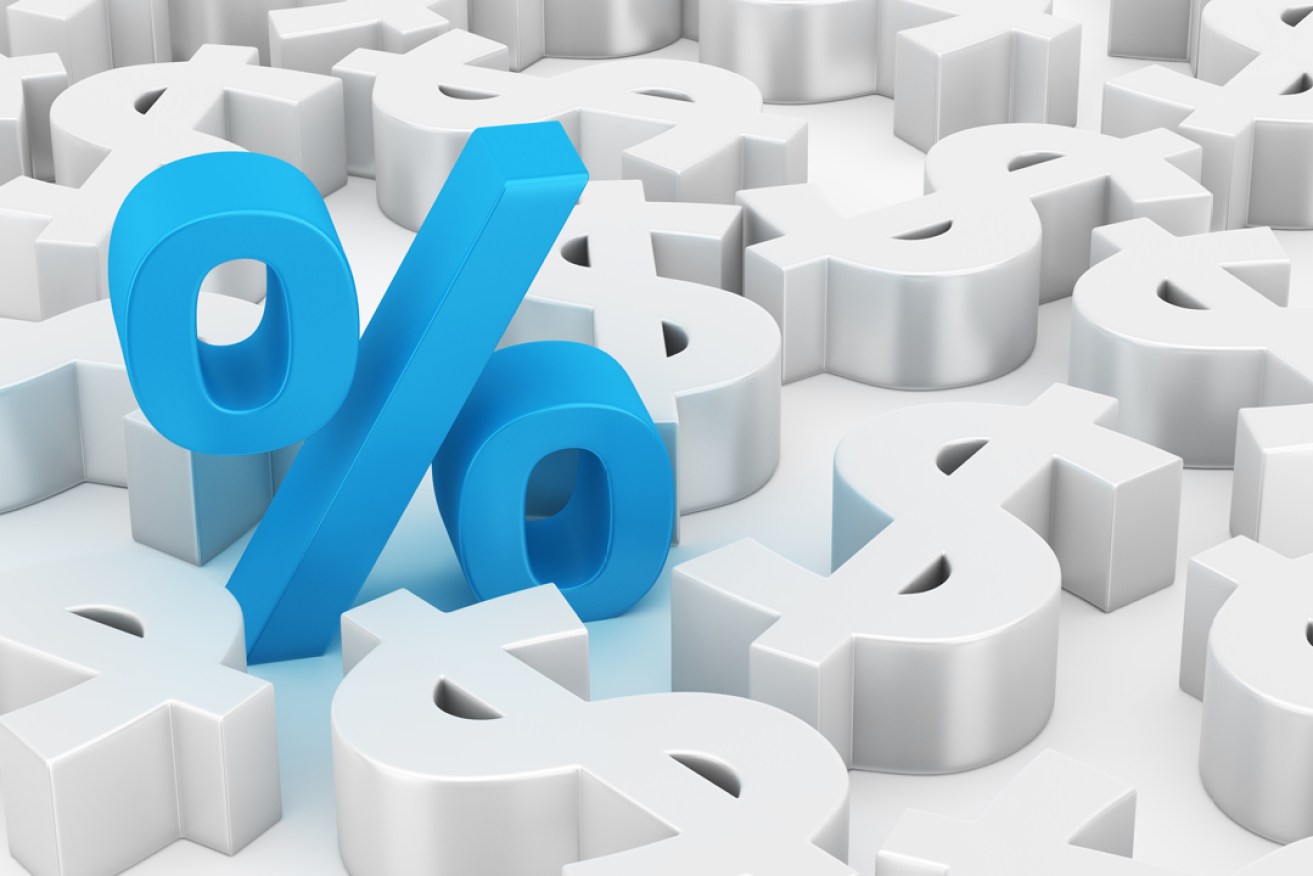Investing in an environment of rising interest rates
With inflation at a 20-year high and the Reserve Bank expected to lift the cash rate tomorrow for the fourth consecutive month, BDO’s Peter Crump and Lucy Knowles discuss the challenges of investing in an environment of rising interest rates.

ABS data released last week shows Australia’s inflation rate reached 6.1 per cent in the 12 months to the end of June, the highest level since 2021. The rate in Adelaide was even higher at 6.4 per cent.
This has prompted economists to predict a rise in the cash rate of 0.5 per cent when the Reserve Bank holds its monthly meeting on Tuesday.
ANZ and Westpac both say the cash rate could reach 3.35 per cent in the next six months.
This two per cent increase on the current cash rate of 1.35 per cent would add an extra $10,000 a year in interest payments on a $500,000 mortgage.
Investment experts agree that while rising interest rates bring another variable into play when making investment decisions, they should be taken into account with a number of other factors such as potential returns over the long term.
BDO Senior Finance Broker Lucy Knowles says interest rates are still low by historical standards and are yet to result in a slowdown in inquiries.
She says while the first significant interest rate rises in a decade may be a shock to first home buyers, more experienced borrowers will have a more seasoned view after dealing with rates of seven and 10 per cent in the ‘90s and 2000s.
“The last few weeks even though interest rates have gone up I’ve still got clients who are ready to purchase but trying to find the right property at the right price has been the challenge,” Knowles says.
“I don’t expect everything to slow down too dramatically but with intertest rates going up it does affect how much people can borrow and will potentially limit the type of property they can buy.
“It might also make people think in a little bit more detail whether it is definitely the right investment for them.”
According to CoreLogic data, Adelaide house prices increased 25.7 per cent in the 12 months to June 30 to a median value of $642,470.
The RBA has already lifted the cash rate target from 0.1 per cent to 1.35 per cent since May.
The market consensus has been for a 50-basis point rise tomorrow, which would take the cash rate to 1.85 per cent.
“I don’t think interest rates are horrendously high at the moment, when things start to get to seven per cent then that’s when there might be more of an issue but we certainly haven’t seen a drop off yet,” Knowles says.
“There have been a lot of people thinking they are going to miss out in the past year and I guess now they will go back and revisit their figures and look at the rents they can potentially achieve versus the mortgage expenses.
“We have seen some people in the past year or so jump on another investment because interest rates have been low but you should always go into an investment because it is right for you, not because you are worried that the market is going to suddenly increase or suddenly drop, the figures need to make sense.”
While house values have continued to increase in South Australia, the Australian share market has performed poorly, with the S&P/ASX200 index falling about 13 per cent in the first six months of 2022.
BDO Private Wealth Senior Consultant Peter Crump says while social variables caused Australian shares to stumble and then recover quickly at the start of the COVID-19 pandemic, economic variables such as high inflation, rising interest rates and labour shortages are now impacting the market.
He says those who put money into fixed interest type investments have also been affected because the capital value of their investments decline in real terms as interest rates rise.
“It’s a lesson that it is possible for both growth investments and defensive investments to be affected at the same time because the only safe haven has been cash and term deposits,” Crump says.
“Given that we’ve seen the market move so much, is it possible to successfully step out of the market when it’s at a high and then buy back in at a low?
“The answer is theoretically yes but emotionally people don’t behave that way.
Crump says that while term deposits become more attractive to investors as interest rates increase, they will still be worse off in real terms as long as the interest rates are outpaced by inflation.
“While the increase in interest rates appears to be a welcome relief, in real terms it’s actually going backwards in a significant way,” he says.
“But the alternative is an investment in shares and when economic conditions are adverse and uncertain then shares are going to fall in value because people are concerned that businesses are not going to do as well.”
For investors who have borrowed to invest in shares, Crump says the benchmark required to achieve success increases as interest rates rise “but if someone has capacity to borrow to invest and they are doing so with a long-term emphasis then borrowing is still relatively cheap”.
“But if you are borrowing with the expectation of making a quick return then that always has been and even more so now is inappropriate,” he says.
“Investing in shares hasn’t changed for people who invest in shares with the expectation of long-term growth with short-term cashflow through dividends because they are long-term buy and hold investors.
“Anyone who invests for the short term is actually speculating and not investing.”





